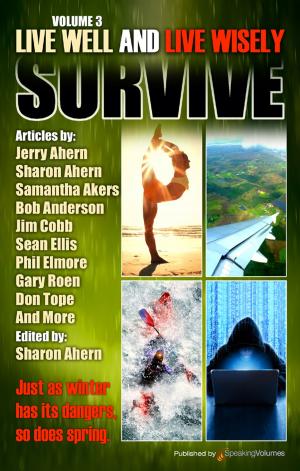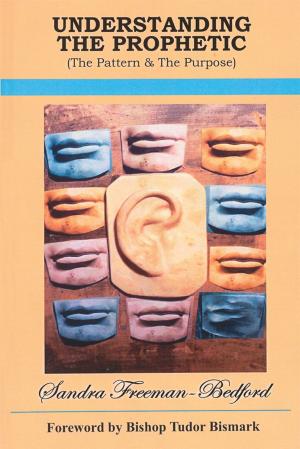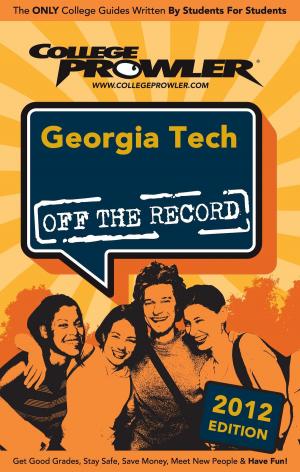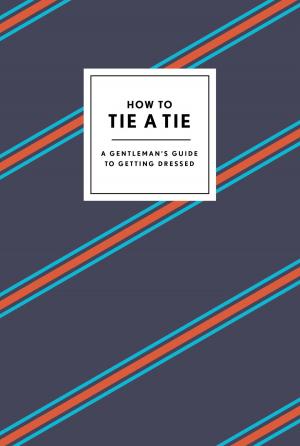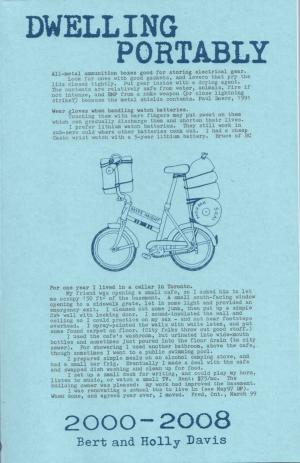| Author: | Robert F. Burgess | ISBN: | 1230000220556 |
| Publisher: | Spyglass Publications | Publication: | February 23, 2014 |
| Imprint: | Language: | English |
| Author: | Robert F. Burgess |
| ISBN: | 1230000220556 |
| Publisher: | Spyglass Publications |
| Publication: | February 23, 2014 |
| Imprint: | |
| Language: | English |
You won’t see it on the television news. You won’t read about it in the newspapers. Yet it happens regularly and it is extremely newsworthy. But in truth no one even cares to talk about it.
Sooner or later, however, someone spills the beans, and it’s out. Others meanwhile try to hush it up. Understandably so. The bottom line is the fact that beachcombers and sport divers along certain southeast coast Florida beaches find bits and pieces of Spanish treasure more frequently now than ever before. And it is not all accidental. They target it with modern shipwreck charts, underwater metal detectors and lots of persistence. Or they walk certain beaches right after a storm! Treasure recovery is sometimes as easy as bending down and picking it up! Sometimes a ring or a corroded silver coin. Sometimes a gold religious artifact. The State computerized highest return hotspots in some places over a mile of shoreline beaches opposite certain ones of the ten 1715 shipwrecks from Sebastian Inlet to Fort Pierce. [That map is now available] And all of it on shore is legal Finders Keepers!
But there are wrecks outside the three-mile-limit and they too are Finders Keepers! The only difference is that you have to know where they are and you have to get wet to work them! [The author tells readers how to find them along with how much treasure the wrecks carried.]
Naturally, many of these freelance treasure divers refuse to discuss where and how they do it. Others, however, agreed to share some of their secrets for this small book. The bottom line is that you, the beach walker or sport diver, have just as much chance of finding Spanish treasure as they do once you know more about where to look, when to look, which is the best detector, and how to make use of a few other basic tricks of the trade.
Without mincing words, the author who has researched this subject for years and written major books on the history of these treasure fleets, now tells you how easy it is to find what others are finding and wisely not talking about.
You won’t see it on the television news. You won’t read about it in the newspapers. Yet it happens regularly and it is extremely newsworthy. But in truth no one even cares to talk about it.
Sooner or later, however, someone spills the beans, and it’s out. Others meanwhile try to hush it up. Understandably so. The bottom line is the fact that beachcombers and sport divers along certain southeast coast Florida beaches find bits and pieces of Spanish treasure more frequently now than ever before. And it is not all accidental. They target it with modern shipwreck charts, underwater metal detectors and lots of persistence. Or they walk certain beaches right after a storm! Treasure recovery is sometimes as easy as bending down and picking it up! Sometimes a ring or a corroded silver coin. Sometimes a gold religious artifact. The State computerized highest return hotspots in some places over a mile of shoreline beaches opposite certain ones of the ten 1715 shipwrecks from Sebastian Inlet to Fort Pierce. [That map is now available] And all of it on shore is legal Finders Keepers!
But there are wrecks outside the three-mile-limit and they too are Finders Keepers! The only difference is that you have to know where they are and you have to get wet to work them! [The author tells readers how to find them along with how much treasure the wrecks carried.]
Naturally, many of these freelance treasure divers refuse to discuss where and how they do it. Others, however, agreed to share some of their secrets for this small book. The bottom line is that you, the beach walker or sport diver, have just as much chance of finding Spanish treasure as they do once you know more about where to look, when to look, which is the best detector, and how to make use of a few other basic tricks of the trade.
Without mincing words, the author who has researched this subject for years and written major books on the history of these treasure fleets, now tells you how easy it is to find what others are finding and wisely not talking about.




